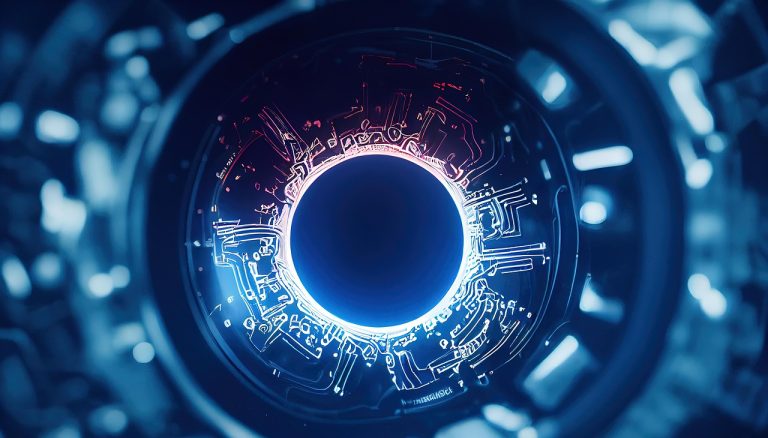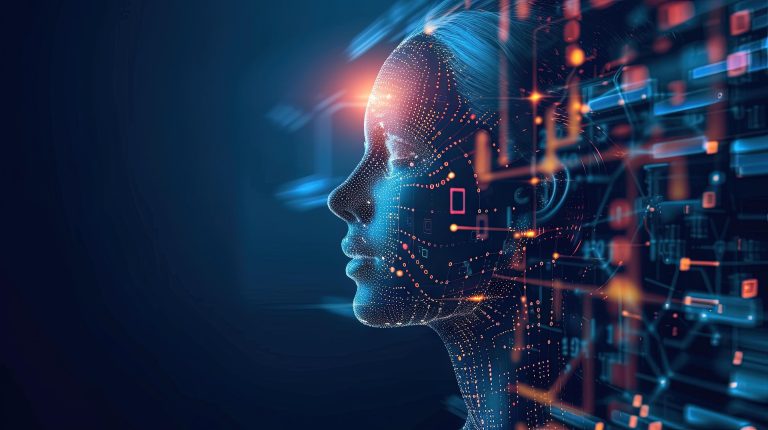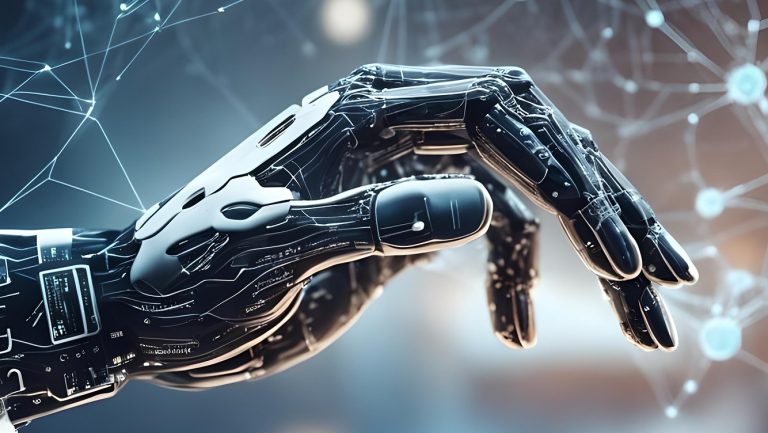Artificial Intelligence (AI) may sound like a recent invention, but its story began long before smartphones, chatbots, or self-driving cars. The idea of creating intelligent machines stretches back centuries — rooted in myth, philosophy, mathematics, and ultimately, computer science..
🌟 From Myths to Mechanisms
Long before computers existed, humans imagined creating non-human minds.
- In Greek mythology, the god Hephaestus built intelligent mechanical servants.
- In ancient China, philosopher Mozi described automated devices with lifelike behaviors.
- In Jewish folklore, the “golem” was a clay figure brought to life with words.
These weren’t real machines, of course — but they revealed a dream that would return again and again: building intelligence from scratch.
🧠 Laying the Intellectual Foundations (1600s–1800s)
Centuries later, this dream began to take shape with logic and mathematics.
- René Descartes (1600s) compared animals to mechanical beings, questioning whether thinking could be modeled.
- Gottfried Leibniz imagined a machine that could calculate truth using logic alone.
- George Boole (1800s) developed Boolean algebra — the “true” and “false” logic behind modern computer circuits.
These thinkers didn’t build AI, but they built the language of logic that made it possible.

💻 The Birth of AI (1940s–1950s)
The first real steps toward AI happened during and after World War II.
- Alan Turing asked: Can machines think?
- He created the idea of a universal machine (the basis of modern computers).
- He proposed the Turing Test to evaluate machine intelligence.
- In 1956, the term “Artificial Intelligence” was born at the Dartmouth Conference, led by John McCarthy.
From this moment on, AI became a scientific field.
❄️ Winters and Comebacks (1970s–2000s)
AI didn’t grow in a straight line. It had ups and downs.
First Wave (1950s–60s):
- Programs played chess and solved math problems.
AI Winter (1970s–80s):
- Progress slowed.
- Expectations were too high.
- Funding disappeared.
Second Wave (1990s–2000s):
- Computers got faster.
- The internet provided massive data.
- Machine learning became the new focus.

🤖 AI Today — Learning from Data
Modern AI doesn’t follow rules — it learns patterns from huge datasets. This shift led to incredible breakthroughs:
- AI systems can recognize faces, translate languages, drive cars, and even generate art.
- Deep learning and neural networks mimic how our brains work — only faster, and with more data.
🧭 Why History Matters
Understanding the history of AI isn’t just about knowing dates and names — it’s about seeing the ideas behind the technology. Each generation built upon the last, and today’s systems reflect centuries of curiosity.
It also reminds us that AI is not just a tool — it’s a product of human values, culture, and imagination. If we want to shape its future, we must first understand its past.



